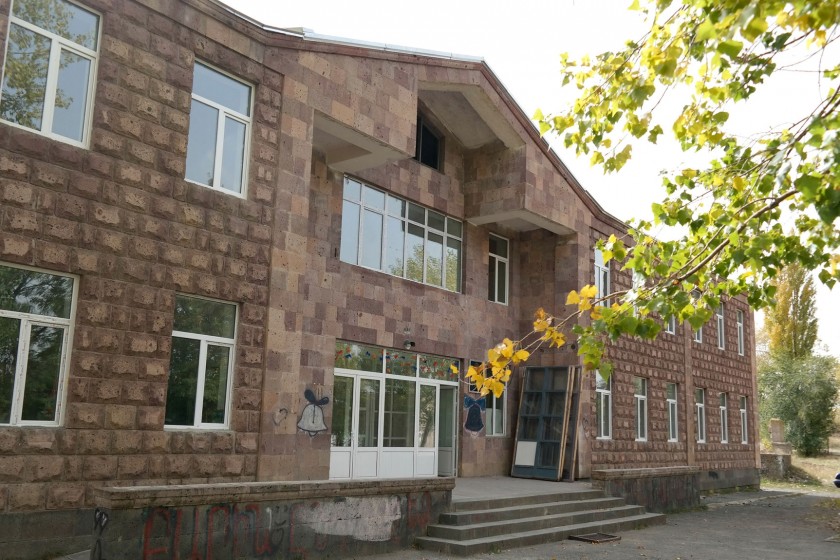
No Car, Kids Too Young: Some Haykavan Village Parents Aren’t Sending Their Six-Year-Olds to School
Yeranuhi Soghoyan
In September this year, parents of four six-year-old children in Haykavan, a village in Armenia’s Shirak Province, refused to send their children to school.
They gave various reasons why; some dubious, some substantive.
About a month ago, Haykavan Kindergarten Director Naira Melikyan told Hetq that they needed a therapist for kids with speech problems. The parents didn’t take their children to school because of it, and only one of them was concerned enough to take the child to a speech therapist in Gyumri.
Haykavan Secondary School Principal Karen Galstyan confirms the information, but says the issue is more complicated. Many in Haykavan oppose sending children to school, believing that it’s still early for children.
The school principal says they had seven pupils less than expected. One of them moved to Gyumri, two to Russia, and four pupils were enrolled in the class of first-graders but never showed up - so they had only 16 first-graders.142 children now attend the school.
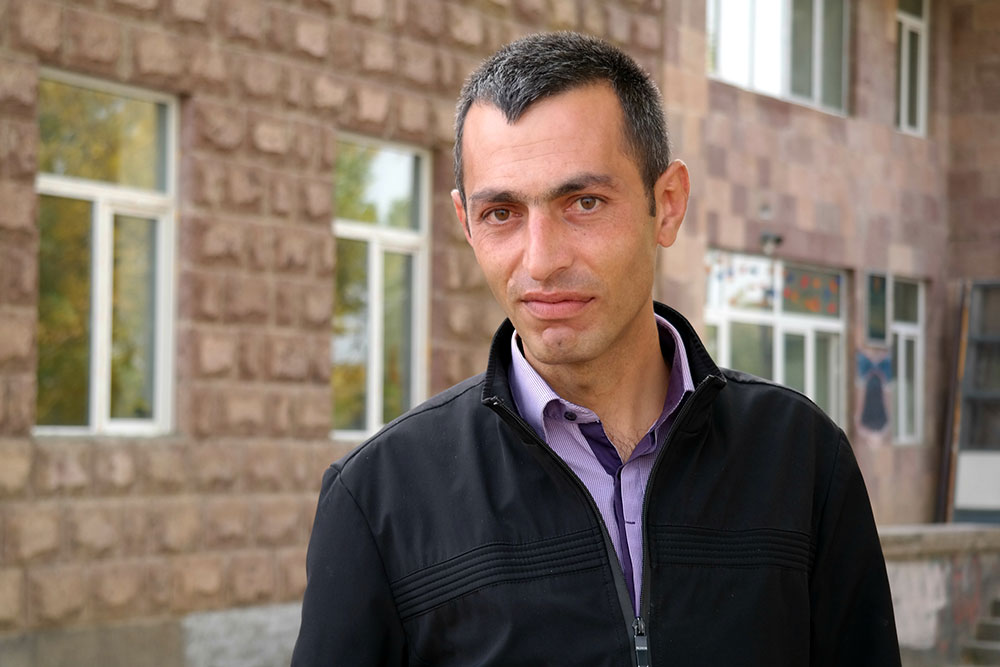
Haykavan School Principal Karen Galstyan
Galstyan says he’s been principal since August 2016, and they had a similar issue last year, when parents of nine children decided not to bring them to school.
“Together with the deputy principal, I went to every family, heard their arguments, tried to explain that they would harm the child instead of helping, but it’s not that we always succeeded,” Karen says.
Among the reasons given, the child’s age was the most cited. Prior to the adoption of the Bologna system in 2007, children in Armenia used to start school at the age of seven.
In one case, the parents of a 6-year-old girl kept her at home to take care of her 2-year-old brother, so that the mother could work in the fields.
One boy's parents decided not to take him to school since he had fallen on his head and the doctor advised him to take it easy.
"When we went to the child's house, he was sitting in front of the computer and playing a game: he didn’t even notice us," Galstyan says. "I asked the parents if playing computer games wasn’t overworking the child. I convinced them to bring the child to the school and explained that half of the day in the first class is spent playing. I said that we would provide special conditions if needed or send him home if he felt uneasy. "
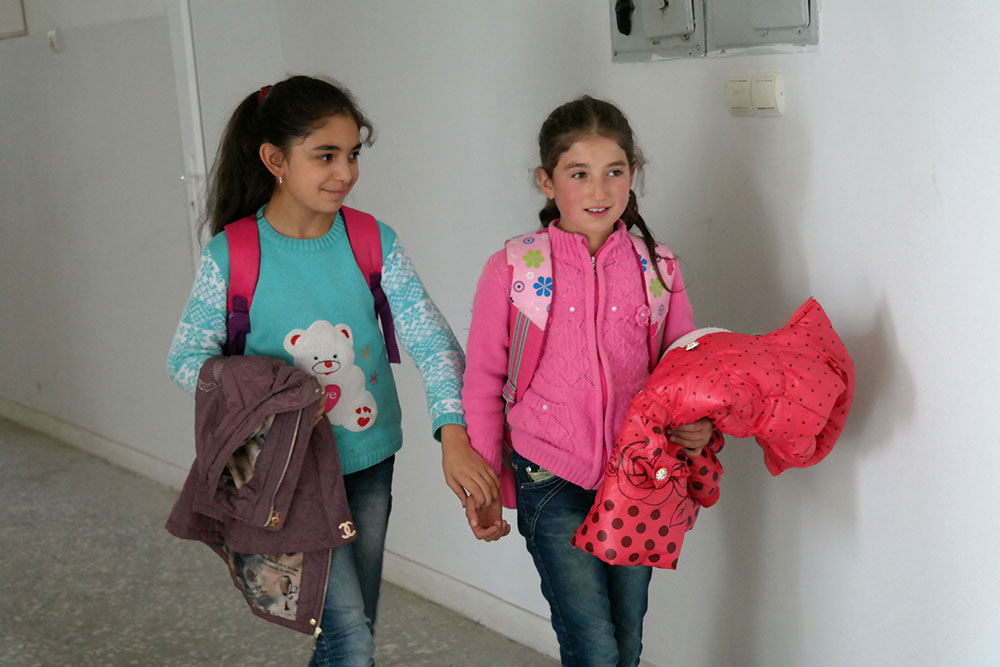
In another case, the school guard agreed to bring his son, who was having difficulties in pronouncing some letters, to school. A few months later, the family was thankful as they saw progress in their son.
Last year, when Galstyan suggested the adoption of inclusive education at school, many parents were against it. The principal says that if they adopt inclusive education, they can also hire a psychologist and a speech therapist.
Probably the most astonishing reason for depriving the child of school education for one year was because the family had no car, and that they live 2-3 kilometers from the school. Nevertheless, the father says he’ll send the child to school next year, when he buys a car.
“I wish he buys a car, but what if the family doesn’t have a car for another ten years? Should the child be deprived of an education?" Galstyan asks.
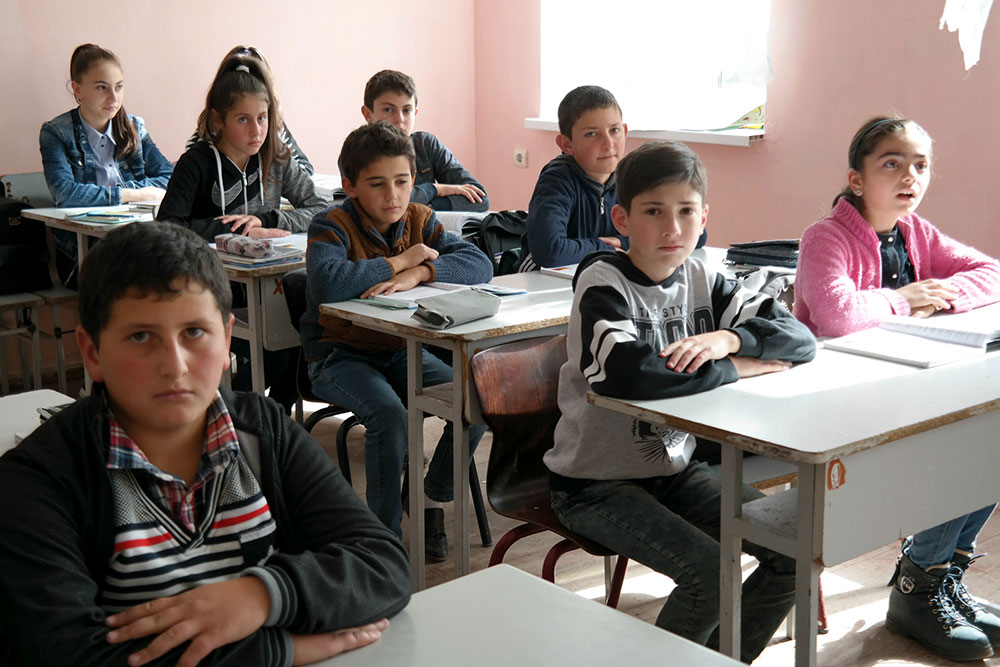
The Haykavan Secondary School was built in 2003 with funding from the World Bank.
The school doesn’t have a gym or a centralized heating system. Children spend their physical training classes outside if the weather is warm, playing tennis during the winter months. The school was heated via old-fashioned and costly cast iron radiators until last year, when they were replaced by modern electric heaters.
The Haykavan Municipality allocated a total of 350,000 drams for ten heaters, and another 120,000 drams were provided by the school. This year, they are planning to allocate another 100,000 drams for buying more heaters for all twelve classrooms and administrative units.
The school was partly renovated in 2014, when the roof was changed with state budget funds. This year, using the funds provided by the provincial administration, they renovated the school windows and bathroom doors, carried out cosmetic renovation in the classrooms, updated the wall paint.
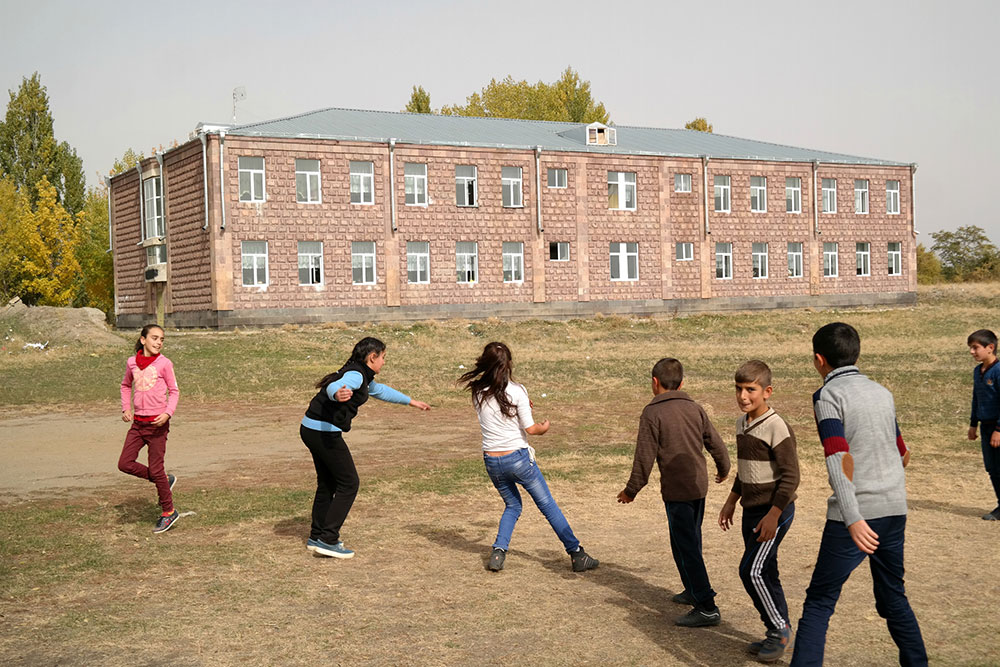
"Of course, the windows were the most important issue. Even when we were heating in the northern part of the school, the temperature didn’t get more than 17-18 Celsius degrees. We had a large classroom on the southern side that we used as a conference hall. This year we turned it into two classrooms, and moved the children there. The teachers’ and my offices were moved to the northern part. We try to do everything to make it comfortable for the students," says Galstyan.
Now, they only need an elementary school teacher. Competition for the vacant post was announced twice, but there were no applicants. Of the school’s 19 teachers, two Russian language specialists work on short-term contracts, as they are above retirement age. The school has no replacements for them.
Principal Galstyan points to the adoption of a school uniform as a successful innovation.
"Surprisingly, 90% of parents agreed to the uniforms. We ordered from Lentex, and, for example, the girls' uniforms didn’t cost more than 5,000 drams apiece. This is also a matter of upbringing - children are equal in terms of clothes. Besides, it’s easier for parents, " Galstyan says.

 Videos
Videos Photos
Photos




Write a comment